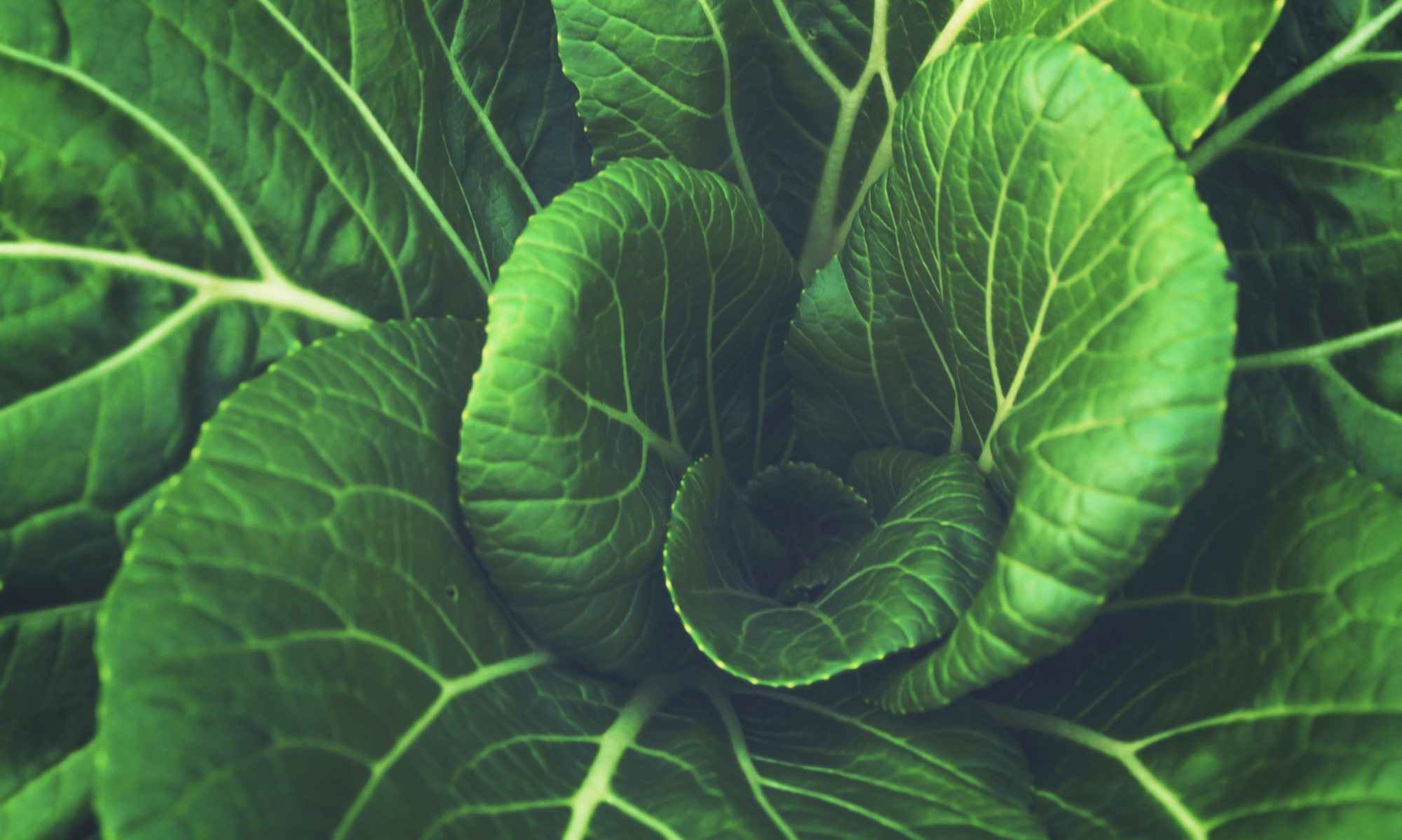Carbohydrates in Animals
Animals have largely different energy needs. Unlike plants, which can afford to sit still and make their own food, animals are constantly on the move. This means that they do not have the time to make and store carbohydrates for a living. Carbohydrates are simply not dense enough in energy to store. However, animals do need the quick energy access glucose provides for brain function. Therefore, we have developed a different carbohydrate profile than plants.
Glycogen
In animals, a small deposit of carbohydrates is needed for quick bursts of energy. This need is met with deposits of glycogen. Glycogen is different from starch and cellulose; in order to make breaking down glucose chains easy, glycogen is formed by creating glucose branches on other glucose branches, creating a web of chains similar to the top branches of trees. This conformation allows enzymes to quickly break down the chains into glucose for fast energy release.
The deposition of glycogen in the body is also unique. Glycogen in the liver can be stored in quantities up to 100 grams, or 400 calories. This energy is accessible to all the major organs of the body. Skeletal muscle, on the other hand, is able to store up to 500 grams of glycogen (2,000 calories). This energy is only accessible to the muscle in which it it stored. This makes sense since the body would like to preserve the ability to escape dangerous situations regardless of how starved one is. Between these two macromolecule storage systems, all the needs of the animal are met.
Lactose
The last major carbohydrate used in the growth of animals is lactose. Lactose is produced by fusing a glucose molecule to a galactose molecule. This sugar is most often found in milk and originally provided energy to nursing babies. However, sometime between 20,000 and 2,000 years ago, human evolution enabled us to digest this sugar beyond infancy, probably because dairy was a reliable energy source during famine. Anyone who could not digest lactose died rapidly, enabling future generations to have a majority of people who could digest lactose. This is likely one of the last mutations to gain prominence in humans since it only became advantageous after the Agricultural Revolution and rise of human civilization.



Wowee